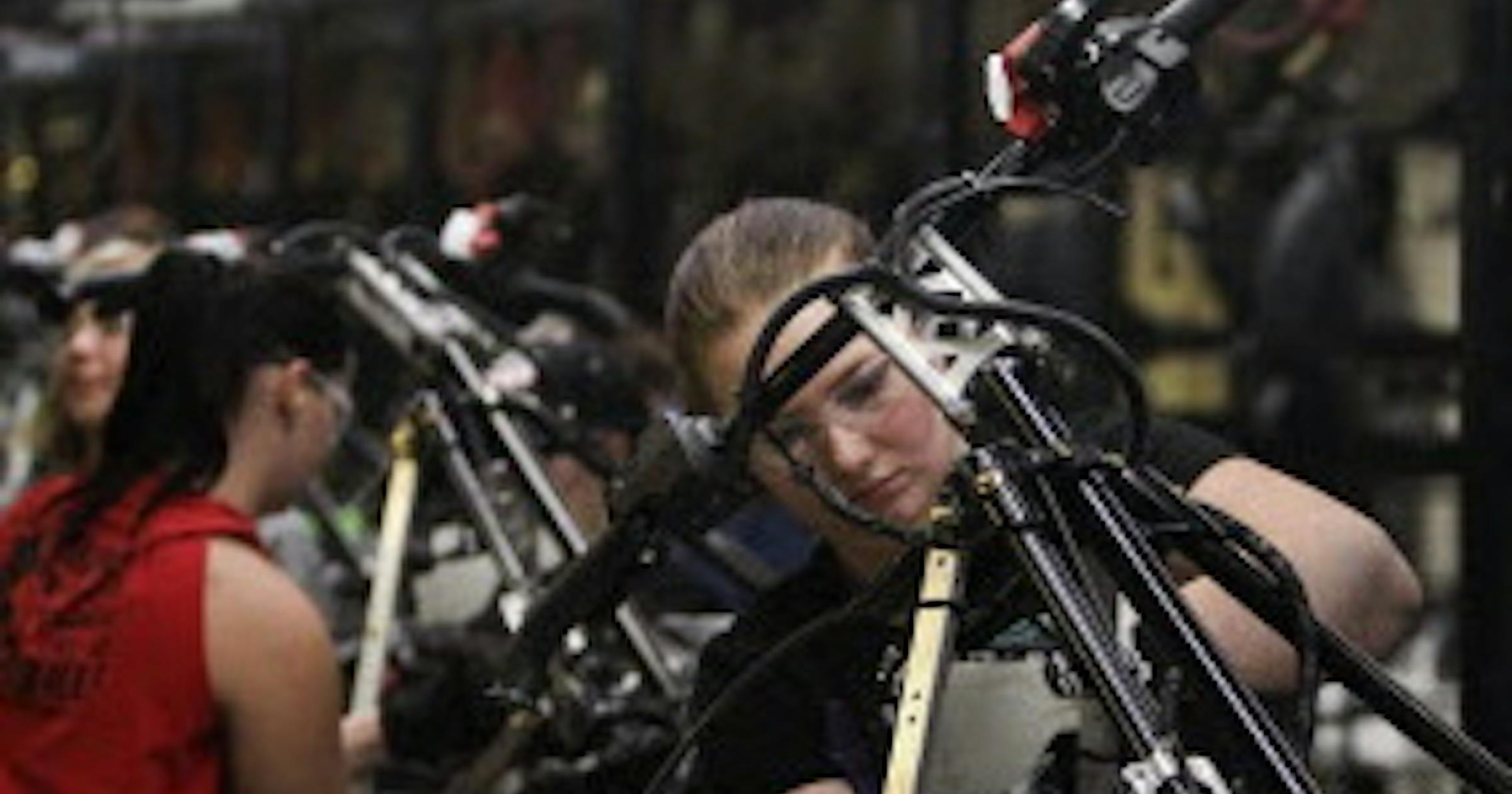Jobs
Minnesota added thousands of jobs, workers in March

Minnesota added about 11,000 jobs and more than 3,000 workers in March, an uptick that marks continued recovery from the losses of the pandemic.
The strong state jobs report mirrors last month’s national picture, when more than 300,000 new jobs exceeded expectations and signaled the U.S. economy has stayed resilient in the face of inflation of interest rate hikes.
“March was a great month all around for Minnesota employers and workers. We had strong job growth as well as strong labor force growth, showing that Minnesota’s economy continues to move in a positive direction,” Department of Employment and Economic Development (DEED) Commissioner Matt Varilek said during a virtual news conference Thursday. “I would say we never want to over-interpret any individual month because some ups and downs are inevitable, but [we’re] always happy to see results like this one and to note that our longer-term trends are strong as well.”
The state also revised its February job growth numbers upward, from a lackluster 100 jobs to 3,000 added between January and February.
Most of Minnesota’s March job growth was in the private sector, with gains in leisure and hospitality, education and health services and construction. Government also gained jobs month-over-month.
Over the year, Minnesota added more than 47,000 jobs, including more than 23,000 in the private sector.
In addition, average hourly wage growth for all private-sector workers is exceeding inflation, with a 14 cent increase to nearly $37 an hour in March and a $1.70 bump year-over-year. Nationally, average hourly wages rose 3 cents last month.
“Key labor market indicators are trending positive,” DEED Labor Market Information Director Angelina Nguyễn said in a statement. “In short, more people are employed and wage growth is outpacing inflation.”
The number of people in Minnesota’s labor force — more than 3 million — continued to trend upward in March, but remains about 34,000 people short of where it was before the onset of the COVID-19 pandemic.
The state’s aging population and an acceleration in retirements “puts pressure on the labor force participation rate,” Varilek said, adding that state agencies are working to steer young people and mid-career professionals into high-demand sectors.
“The workforce shortage certainly continues to be a challenge, and that is true across a wide range of sectors,” he said. “We are pleased to see progress in the right direction, and I would note that we have a variety of actions that we’re trying to take in state government, both at DEED and beyond, to address that to the best of our ability.”










